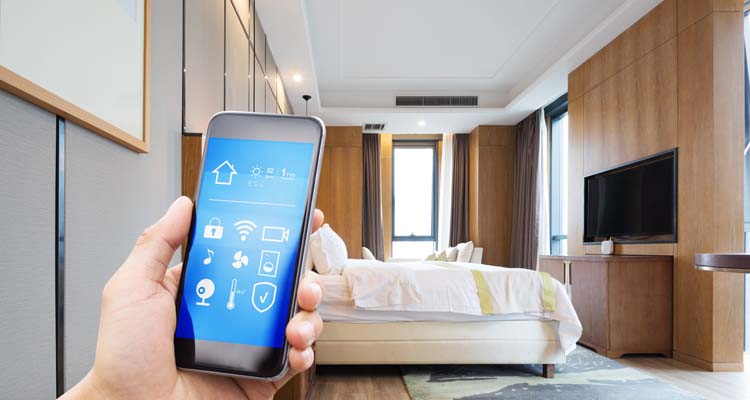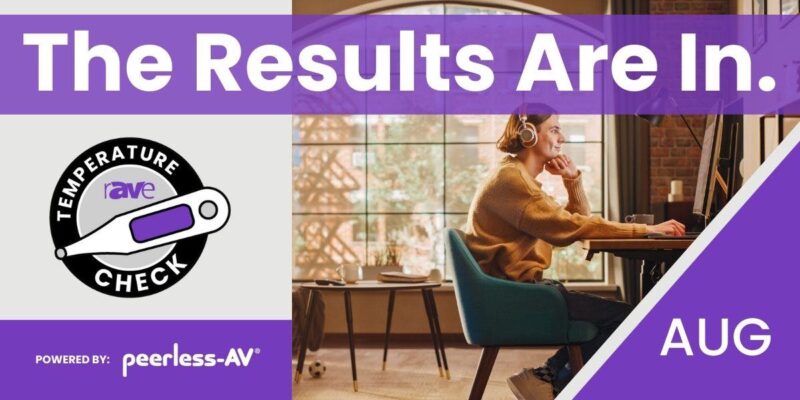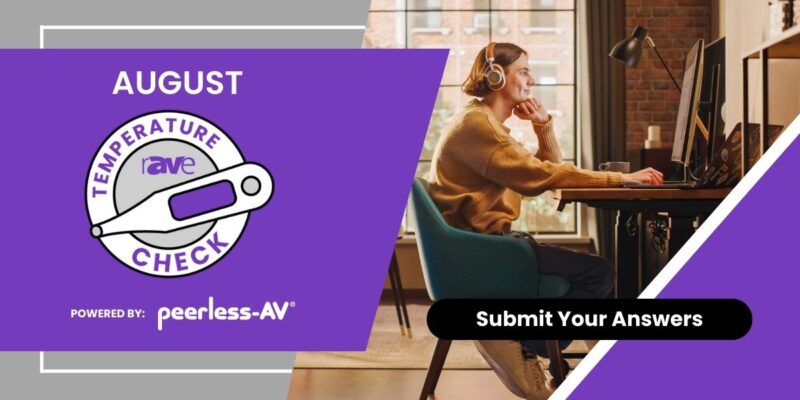Interoperability for Pros — Part 2
 In the initial installment, I talked about how the smart home designation “works with” often has a greater nuance that involves “sort of works with.” Also, for a large part of it, many manufacturers have left it to the installers and end users to figure things out for themselves. That’s where the ball lies, but it’s not enough to leave it at that. As a former boss and mentor liked to tell us, “pointing out problems without offering solutions is whining.”
In the initial installment, I talked about how the smart home designation “works with” often has a greater nuance that involves “sort of works with.” Also, for a large part of it, many manufacturers have left it to the installers and end users to figure things out for themselves. That’s where the ball lies, but it’s not enough to leave it at that. As a former boss and mentor liked to tell us, “pointing out problems without offering solutions is whining.”
So then, what best practices can you, the AV pro, adopt to minimize headaches? Several things, some or all of which I’m sure many of you already do.
First of all, minimize the number of brands you incorporate into your designs. “Keep It Simple” will go a long way towards making your life easier, and the easiest way to achieve simplicity is to keep the number of hardware vendors in your design down to as few as possible. That’s one of the reasons why AV pros partner with a single automation vendor, a single audio vendor, a single projector vendor or a single flat panel vendor — there are fewer variables.
That’s the first step. When it comes to evaluating new products or brands, there are more.
In order to avoid reinventing the wheel, the prime method of ensuring interoperability is to drill down on hardware gear that has been designed to play well with others. Always remember that your control vendor has already done a lot of groundwork for you. They all have partnership programs that certify hardware from other brands as being friendly with their control systems. That means when looking for new hardware, give primary consideration to your control vendor’s technology partners.
But that’s not enough, as you must confirm it for yourself. As Henry Kissinger famously said, “Trust but verify.” It’s never enough to assume that everything in a design will work together just because the vendor said so.
It’s crucial to conduct science experiments on new gear in your laboratory. Reach your own satisfaction that new products will operate predictably when you deploy them into installations.
All the assembly, testing and shakedown of a system is where the proof lies, both when doing “research” as well as testing a client’s systems prior to finishing. Test early and test often. Because if a device is going to fail, either because it’s defective or because it doesn’t play well with others, it typically happens right away. And it’s always easier and cheaper to fix a problem in your office than at the client’s place. When it comes to testing, I’m reminded of another aphorism that was drilled into me during training. It goes, “the more you sweat now, the less you’ll bleed later.”
I know a lot of this sounds like I am pointing out the obvious. But one of my takeaways from all the time I’ve either been in product training or conducted product is to never assume that everyone knows the same things. It’s like baking bread — when you don’t know how you just don’t know. When you do know how to make it, it’s so obvious in hindsight it can be hard to imagine that someone else doesn’t know. Stretching the bread baking metaphor to the breaking point and focusing on the steps I’ve outlined will smooth out the lumps.





